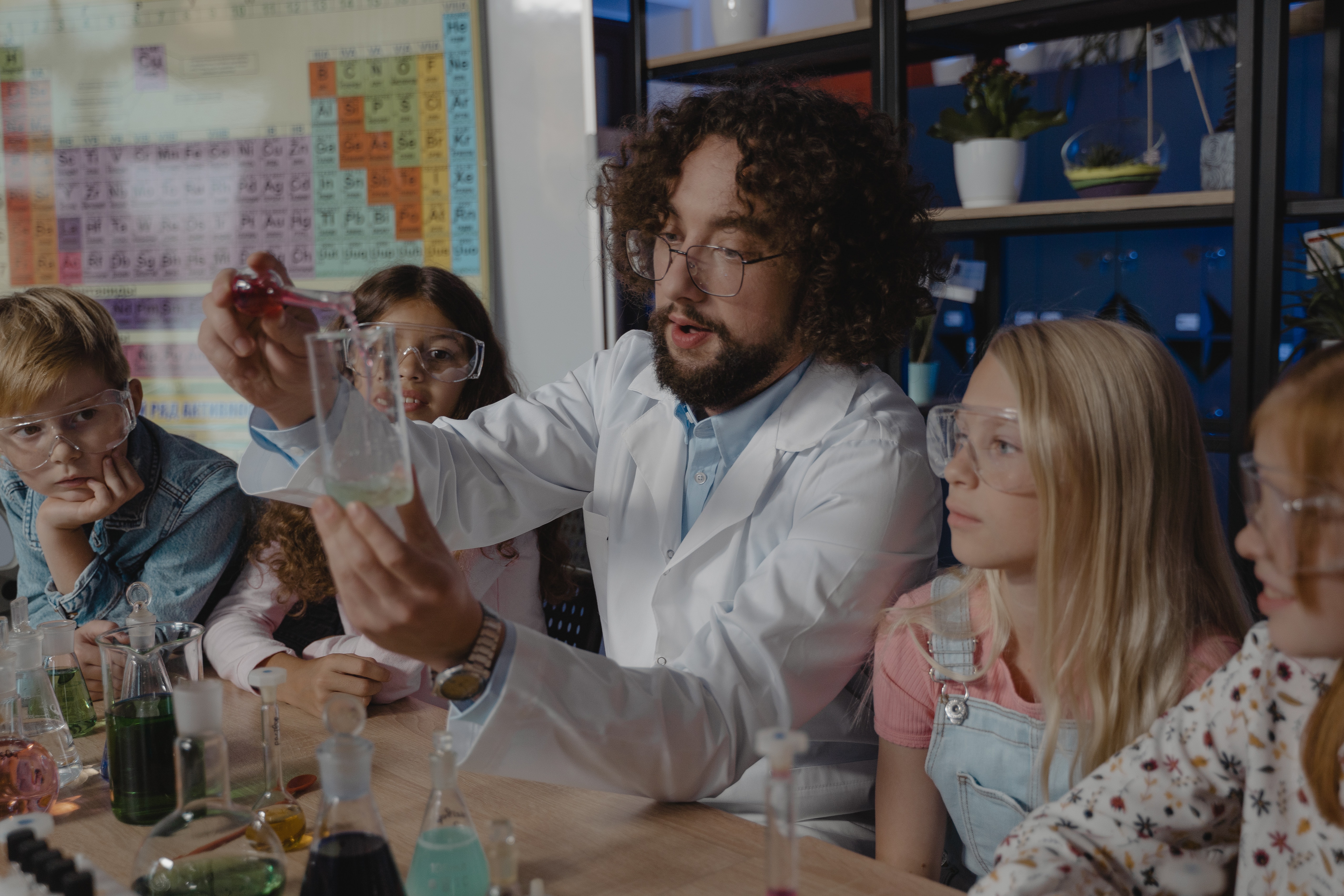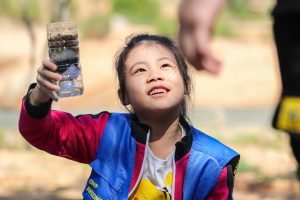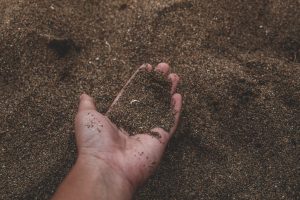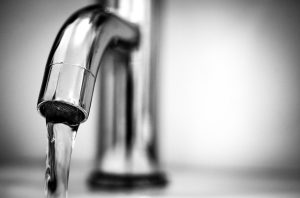Science Experiments and Active Learning
Science experiments promote the study of the physical and natural world. When it comes to studying science, it’s not just about facts but also about discovering new things by testing ideas and theories. Educators understand that scientific learning goes beyond textbooks. What makes science so interesting is its ability to be interactive with hands-on learning. One of the best ways to bring scient to life is through science experiments.
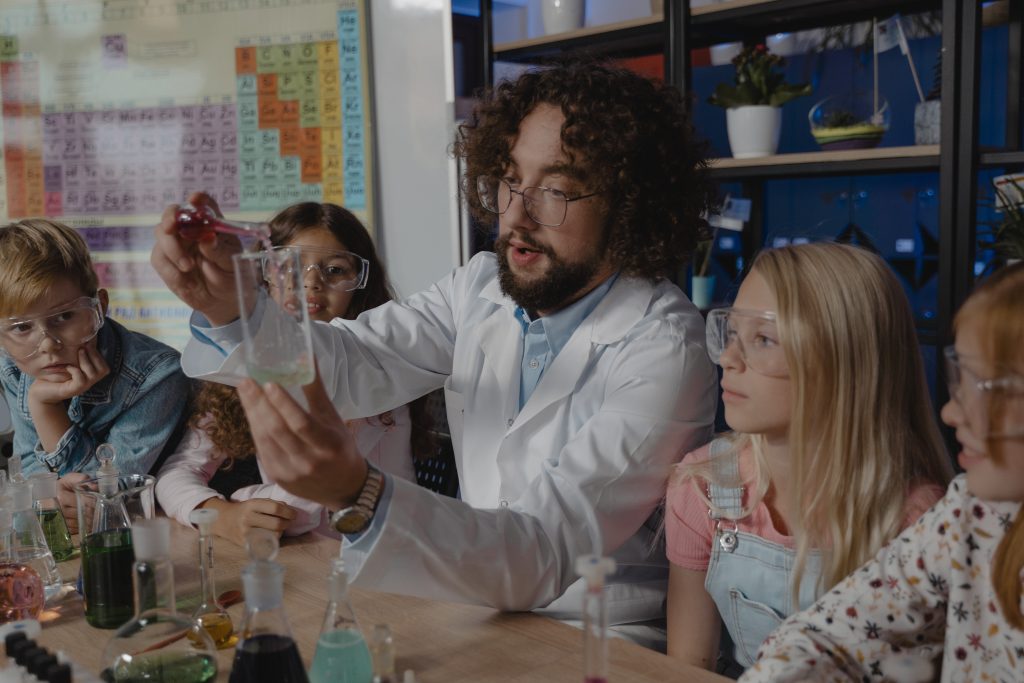
Science experiments encourage students to use scientific thinking. When they test a hypothesis, their learning goes beyond rote memorization as they develop an understanding of the world around them. When students are encouraged to use the scientific method, they ask questions, search for information to create theories, conduct scientific experiments, and collect data to answer their questions.
Why Test Assured Science Experiment Kits
With Test Assured’s Science Class Water Test Kit With TDS Meter, you can promote not only learning but the discovery of new ideas. Using our science experiment kits to test water encourages students to search for knowledge. They will learn how to adapt as they test different hypotheses while learning what works and what doesn’t work. Sometimes students learn more when they can understand not just the way something is but why it is that way. This is the kind of learning that our science experiment kits encourage through active learning.
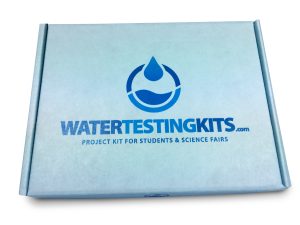
Our water testing kids allow for an endless number of experiments that can be performed in the classroom. Students can all perform the same test and compare results, or they can be allowed to come up with their own unique experiments. The possibilities are endless. Challenge your students to come up with their own ideas or use some of the experiments that we’ve done ourselves. Using Test Assured Water Test Kits, you give students the freedom to explore, experiment, and explain.
The Testing Process Simple
The first thing you’ll need to do is gather up your supplies. Start with either of our water testing kits. The kit with the TDS meter will allow you to test for total dissolved solids using the TDS meter. The only other thing you will need is a selection of water samples. All of our kits come with a handy results notebook to keep track of your data.
Start with your TDS test since the meter will not fit in the test vials. It’s easier to complete this part of the experiment before transferring your samples to the vials. To perform the TDS test, simply turn on the meter and submerge the prongs in the samples. Rinse the meter with clean water and pat dry between each test.
After completing the TDS test, transfer the samples into the vials and label them, so you know which samples you are testing. Now you’re ready to get started with the rest of the tests. Follow the instructions to complete the Alkalinity/pH/Hardness Test, Total Chlorine/Copper/Nitrate/Nitrite Test, and Iron Test. It’s as simple as dipping the test strip in your sample, then comparing the strip to the color chart and recording the results.
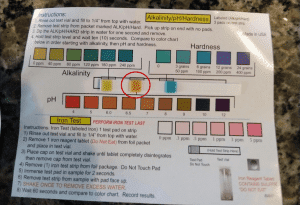
Be sure to do the Iron Test last. There is a reagent that needs to be added to the sample that could alter the results of other tests.
Sample Science Experiments
- An easy test to perform involves testing homemade water filters. Imagine if you had a natural disaster that compromised the local water supply. This is a real possibility for many people who live in hurricane and storm-prone areas. In such an emergency, your only source of water may not be safe to drink. If you don’t have a supply of clean water, would you be able to improvise and use common household materials to filter water to make it safe to drink? For this science project, testing homemade water filters, all you need is a water testing kit, some dirty water, and a few common household items for filters. We decided to use a paper towel, cotton, and a microfiber cloth as our filters.

- If your students don’t mind a little dirt, they’re sure to enjoy this easy-to-perform science project testing dirty water. The first step is easy. Send the kids outside to collect three different dirt samples. Maybe scoop up some dirt from a potted plant or a garden area. Dig up a little bit of dirt and grass. Collect some mulch. Sweep up some grit from the street. Mix the dirt samples with some water, open up your water testing kit, and have everything you need for a fun science experiment.

- Some health departments recommend flushing your pipes before using your tap water. This is because as water sits idle in pipes, it is possible that it could absorb materials from the plumbing system. The best way to avoid ingesting any of this contaminated water is to flush the pipes by letting your water run for a few minutes before using it. Your students can see how effective this theory is by conducting a simple experiment. Use our water testing kit to test water samples collected after flushing the pipes for varying amounts of time.

- If your water was declared unsafe, what would you do? There are many simple methods that can be used to purify water at home, but which one works best? For emergency disinfection, the EPA recommends boiling water for one minute or adding bleach to disinfect your water. In this simple experiment, a Test Assured water testing kit to test some of the most common methods for improving water quality.
Sharing Your Results
Once you have completed each of the four tests on your samples, it’s time for your students to share their results. You can have them arrange the test sticks on a poster board to create a visual comparison of results from the different samples they collect. Older students can even create some graphs or charts from their results to highlight their conclusions.
These were just a few of the science experiments that we’ve performed with our water testing kits. Encourage your students to get creative and come up with their own ideas for science experiments.

